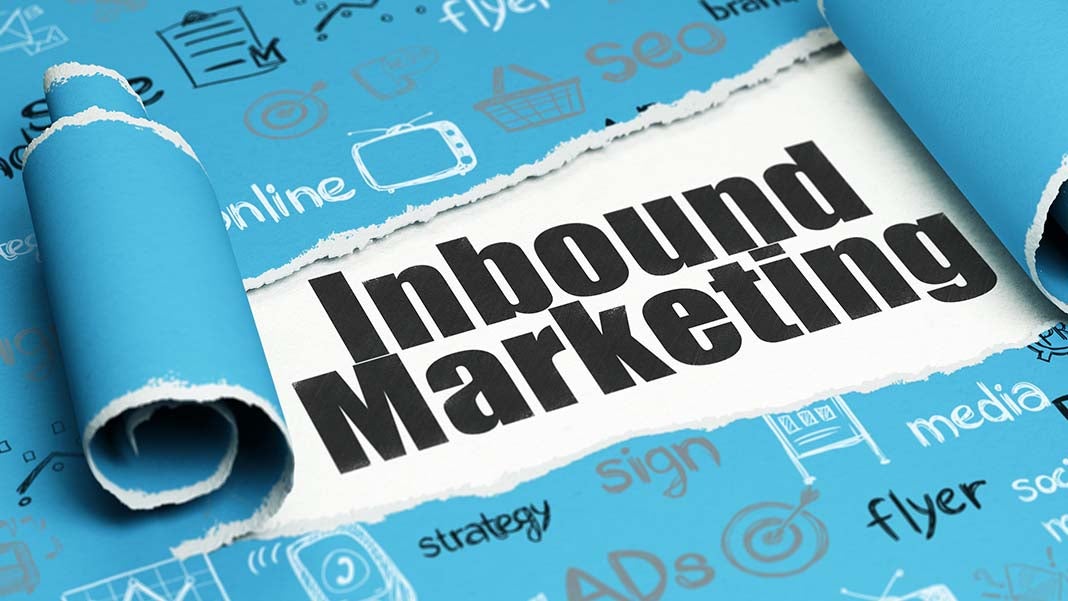
So you have your blogging and your top and middle of the funnel marketing activities that enable you to attract visitors and turn them into leads. But what if I told you that you may be letting potential leads slip away by ignoring certain marketing pursuits or failing to integrate them with you inbound marketing strategy?
While referrals and your website make up a huge portion of your lead source, there are other underlying campaigns that can attract a whole new set of leads to nurture. Here are four of the most overlooked and underrated lead sources you should definitely take advantage of:
1. Social Ads
Social targeting can be a great way to amplify your inbound marketing content pieces such as ebooks, white papers, webinars, or blogs and place them straight in the crosshairs of your buyer personas. Social media channels such as Facebook and LinkedIn now have sophisticated ad targeting capabilities you shouldn’t overlook.
Dig in to your buyer personas and create several audience groups for your ads based on that. When crafting the messages, you need not complicate the language. As a matter of fact, the simpler and more poignant they are, the better. Write them in the “language” of your intended audience—don’t use big or casual words just for the sake of doing so. Instead, talk to them in a manner they can identify with.
Throwing a few bucks here and there for your content on social media will bring in a fresh batch of leads. Be sure to use HubSpot’s Social Inbox to track every facet of your social campaigns and to be able to attribute visitors and leads to specific posts.
2. PR Exposure
PR has pivoted from being an independent traditional brand outreach strategy to a formidable component of successful inbound marketing strategies. The fun fact? Not all inbound marketing agencies take full advantage of this yet. In fact, only 7% of agencies consider PR as a top lead source. This gives you a wonderful opportunity to lead the pack and be ahead of the curve.
Beyond sending press releases, PR allows B2B companies to acquire what is known as “earned media”. Contrary to good ‘ol paid media with the pay-to-play premise, today’s PR strategies allow companies to get traction and publicity through inbound means such as by pitching stories, expert insight, or advanced content to outlets and publications.
The best way to capitalize on this is to create a list of outlets relevant to your industry and map out which topics you can be a part of from their editorial calendars. You could also setup news alerts pertaining to your industry and craft stories reflecting your expertise to proactively pitch to relevant outlets. With so much content being pitched around, it’s important to stand out and offer high quality and memorable content.
You can also use PR as a way to post-promote and get more life out of your old content with proven track-records of interest. In fact, if the outlets see that there is genuine interest in the content you’re pitching as well as social proof of its success when you originally published it, the higher the likelihood of them picking it up for their own publications.
3. Offline Campaigns
Offline B2B marketing campaigns such as trade shows can also be a great lead source, especially if they are conducted regularly. And just because they happen offline doesn’t mean you can’t capture leads and nurture them the same way you do with your digital leads. These leads will most likely be a tad warmer than your new website visitors since they have had personal contact with your company and more likely sampled or witnessed your service or offering.
To peg your offline campaign to your inbound marketing strategy, be sure to capture information and make it a point to plug them in your marketing platform. If you have HubSpot for instance, you can create landing pages that are solely meant for your offline campaigns and even create tracking URLs you can put on your offline collaterals to track and nurture your leads.
Remember, just because they gave you their name and email in a trade show doesn’t mean they’re ready to be bothered by your sales team. Be sure to have workflows in place to nurture your new found leads and take them one step closer to conversion.
4. Networking and Industry Events
Going to an industry event, say for instance, Inbound or Dreamforce? Well, why not make workflows beforehand for people that you will be meeting and adding to your rolodexes?
Believe it or not, face to face encounters are still one of the best ways to turn a virtual stranger into a lead. However, exchanging business cards can only take you so far without the right follow-up strategy in place or worse—a lack thereof.
Plan ahead of these events. Upon following-up, be sure to use personalization tokens to capitalize on the physical connection you have established with the lead.
If you want to attract more leads and widen your net, it is a must to be resourceful and think of your marketing campaigns as important pieces that make up a whole. Your strategies should be intertwined and must be able to assist each other when it comes to not only attracting but nurturing and converting leads. As for these four underrated lead sources? You should definitely tap these.












